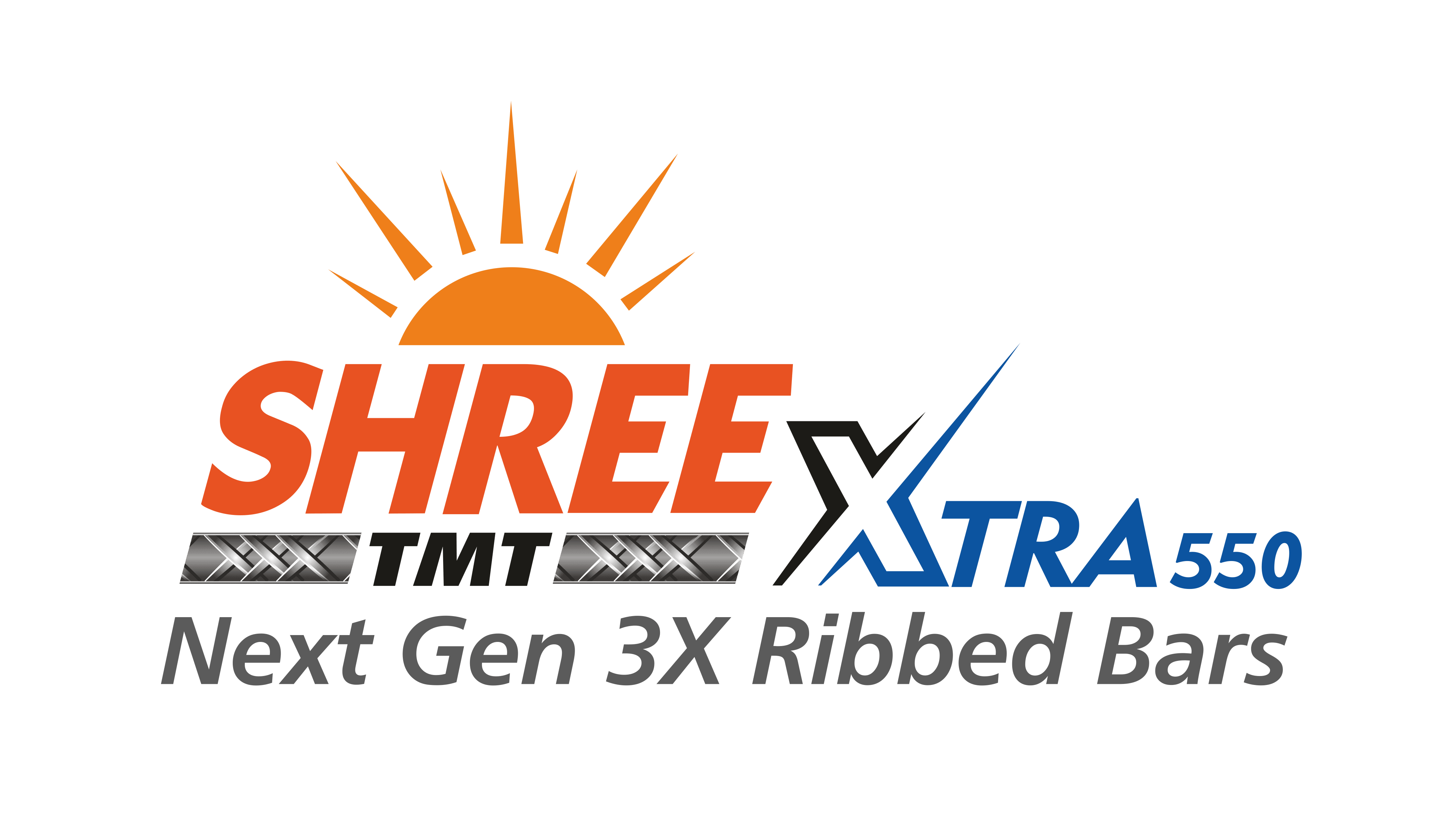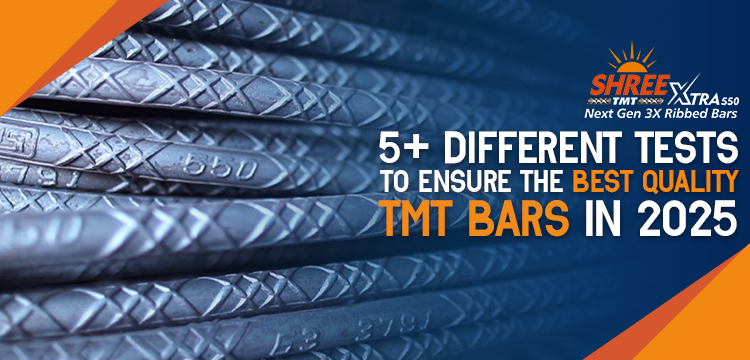5+ Different Tests to Ensure the Best Quality TMT Bars in 2025
When it comes to construction projects, the foundation of structural integrity lies in choosing the right TMT (Thermo-Mechanically Treated) bars. As we advance through 2025, ensuring the highest quality standards for TMT bars has become more critical than ever. Here are the essential tests that guarantee you’re investing in superior TMT bars for your construction needs.
1. Tensile Strength Test
The tensile strength test remains the gold standard for evaluating TMT bar quality. This test measures the maximum stress a bar can withstand while being stretched before breaking. High-grade TMT bars should demonstrate consistent tensile strength values that meet or exceed IS 1786:2008 standards. The test involves pulling a sample bar until it fractures, providing crucial data about its load-bearing capacity and overall structural reliability.
2. Bend Test for Ductility Assessment
Ductility determines how well TMT bars can bend without cracking or breaking under stress. The bend test involves bending a bar sample around a mandrel to specific angles. Quality TMT bars should maintain their integrity even when bent to 180 degrees, demonstrating excellent flexibility for earthquake-resistant construction. This test is particularly vital for structures in seismic zones where flexibility can mean the difference between survival and collapse.
3. Re-bend Test for Long-term Durability
The re-bend test takes the bend test one step further by straightening a previously bent bar and then bending it again. This simulates real-world conditions where TMT bars may experience repeated stress cycles. Superior quality bars should pass this test without showing signs of cracking or structural weakness, ensuring long-term durability in dynamic construction environments.
4. Chemical Composition Analysis
Modern TMT bars undergo rigorous chemical analysis to ensure optimal composition. This test examines the percentage of carbon, sulfur, phosphorus, and other elements that directly impact the bar’s strength and corrosion resistance. The ideal chemical composition enhances weldability while maintaining structural integrity, making this test indispensable for quality assurance.
5. Corrosion Resistance Testing
With environmental factors becoming increasingly aggressive, corrosion resistance testing has gained paramount importance in 2025. This test evaluates how well TMT bars withstand moisture, salt, and other corrosive elements over extended periods. Advanced testing methods now include accelerated corrosion tests that simulate decades of exposure in controlled laboratory conditions.
6. Weight Variation and Dimensional Tolerance Test
Consistency in manufacturing is crucial for construction precision. This test ensures that TMT bars meet specified weight and dimensional requirements within acceptable tolerance limits. Uniform diameter, consistent rib patterns, and accurate weight per meter are indicators of superior manufacturing processes and quality control.
7. Fatigue Test for Cyclic Loading
Modern construction demands TMT bars that can withstand repeated loading and unloading cycles without failure. The fatigue test subjects bars to millions of stress cycles, simulating years of structural use. This test has become increasingly important as building designs become more complex and dynamic loads more common.
Conclusion
Investing in TMT bars that pass these comprehensive tests ensures your construction projects meet the highest safety and durability standards. At Shree TMT, we subject every batch of our TMT bars to these rigorous quality assessments, guaranteeing that you receive products that exceed industry expectations and provide lasting structural integrity for your valuable investments.

